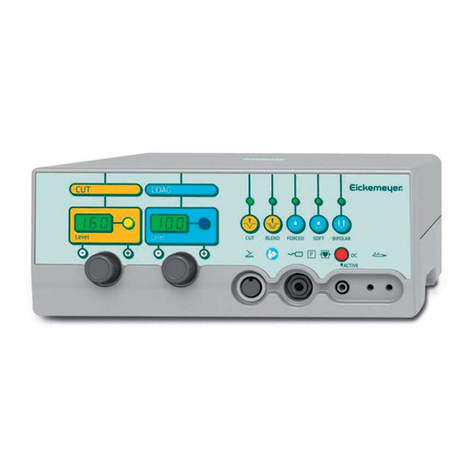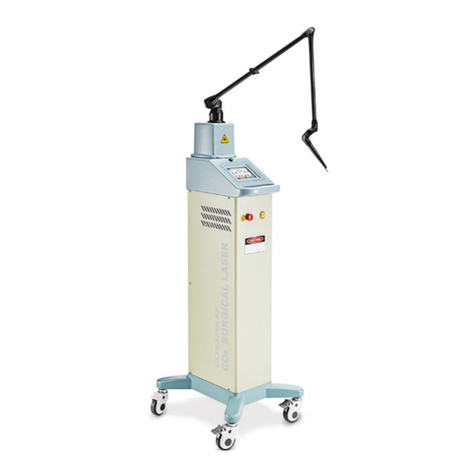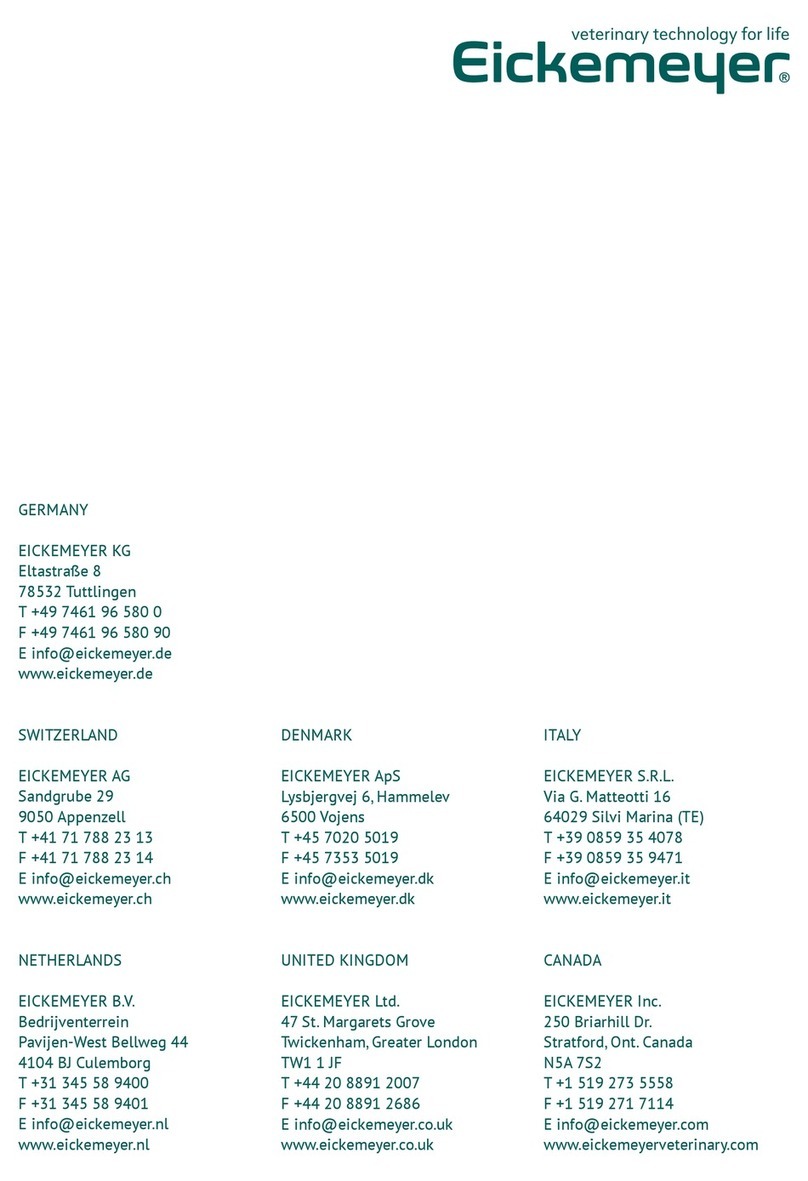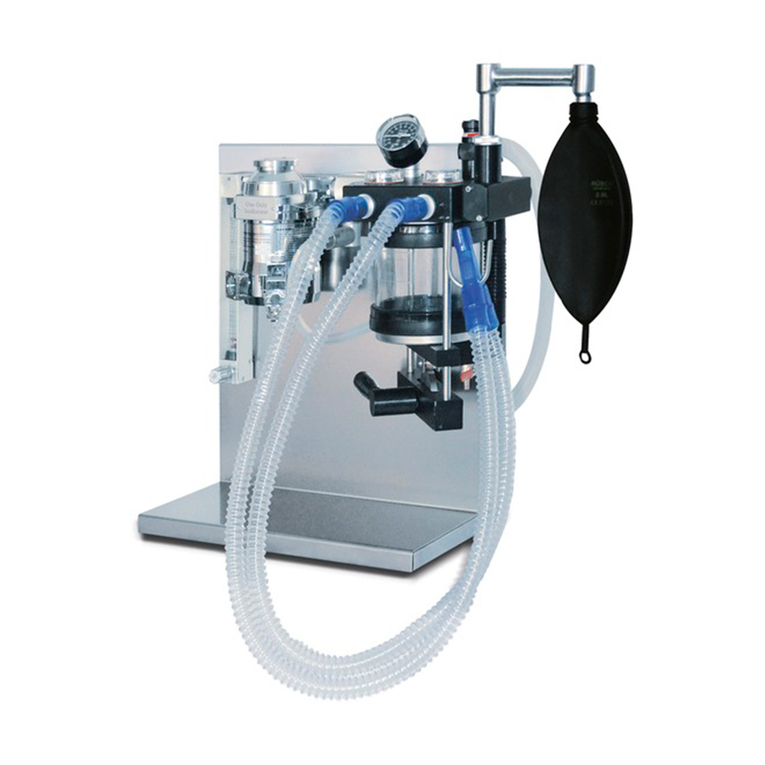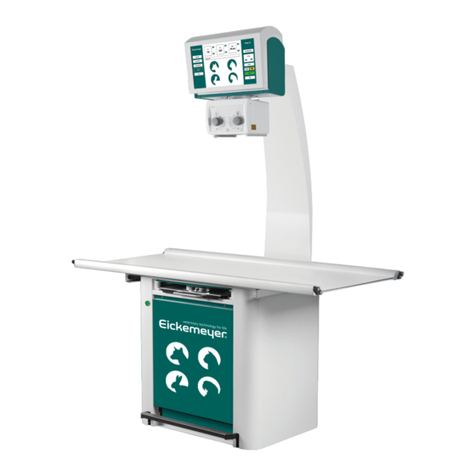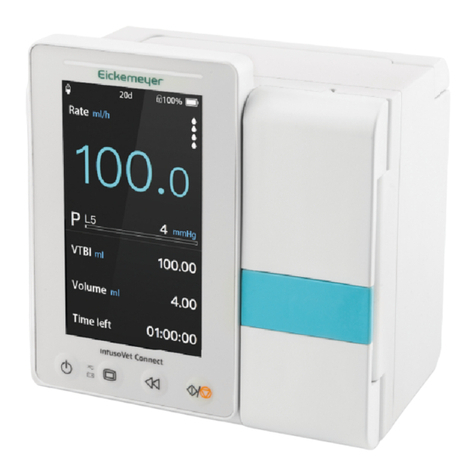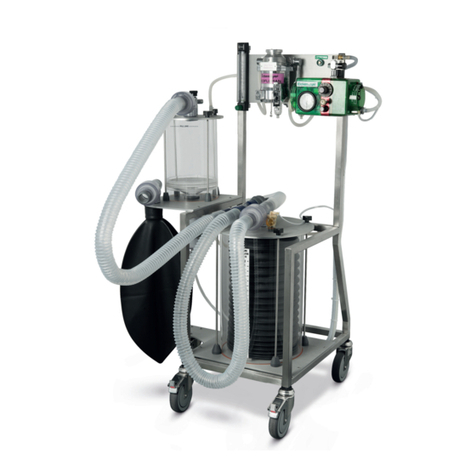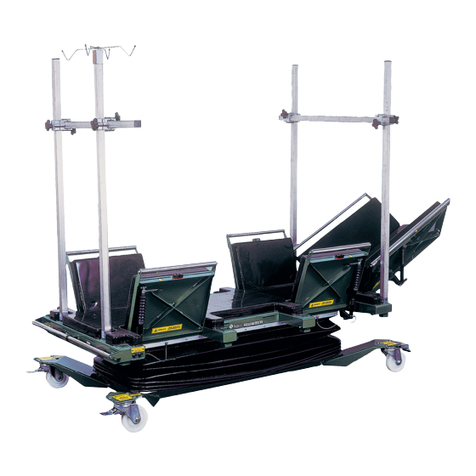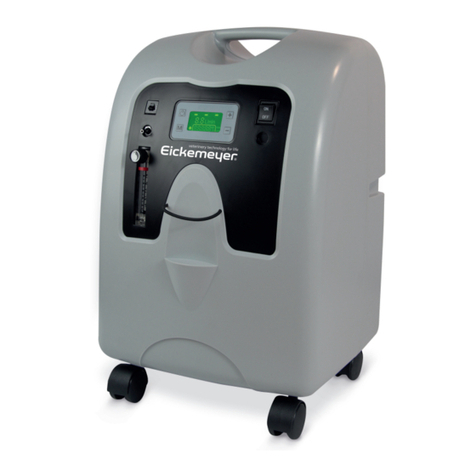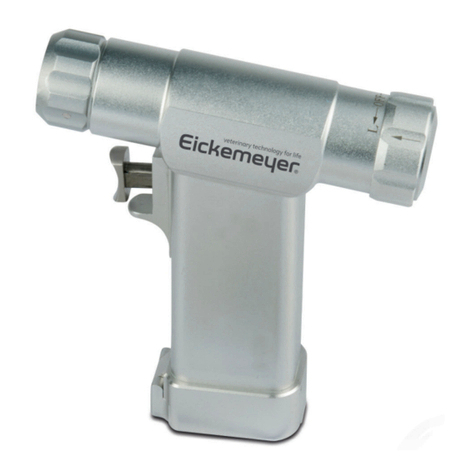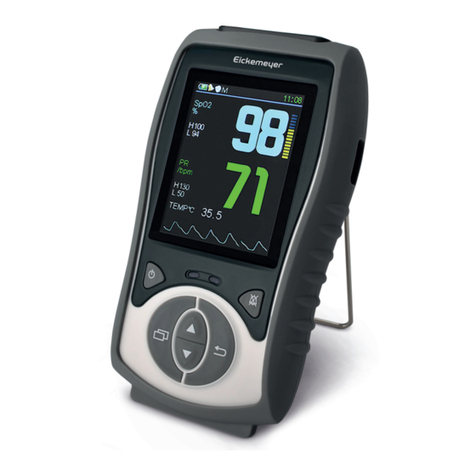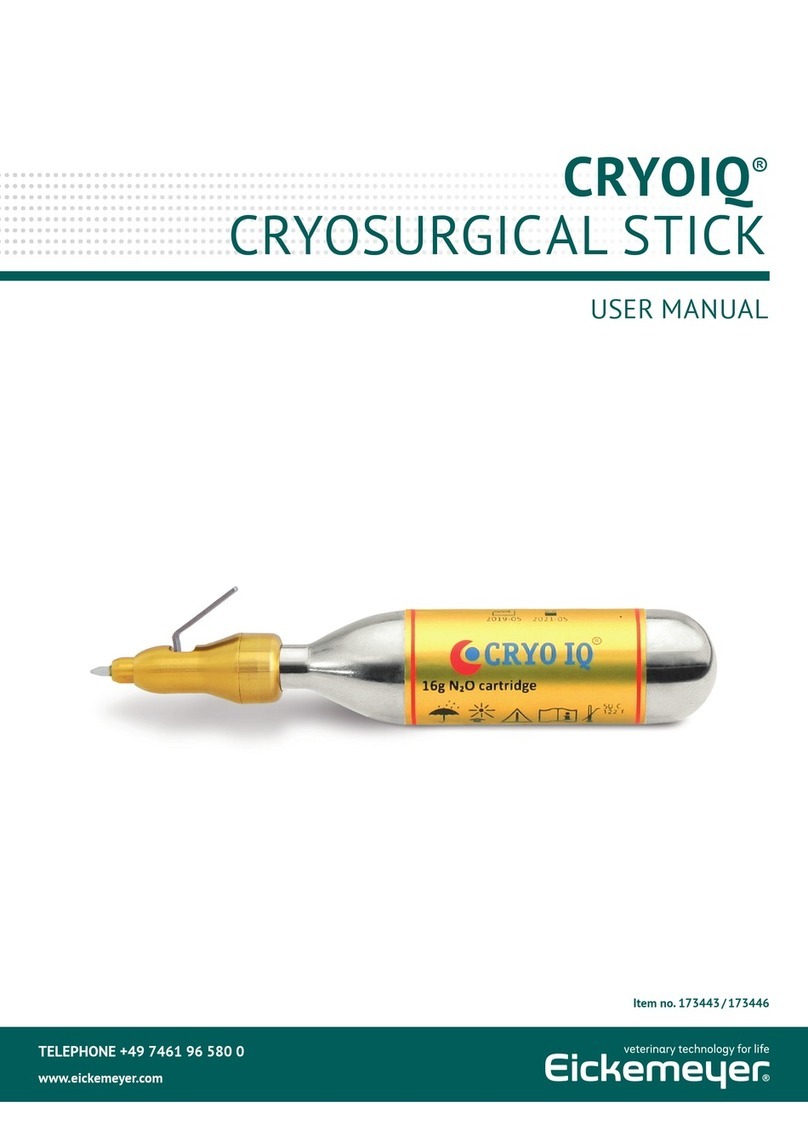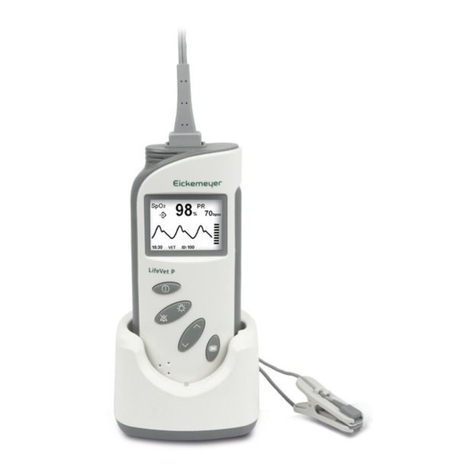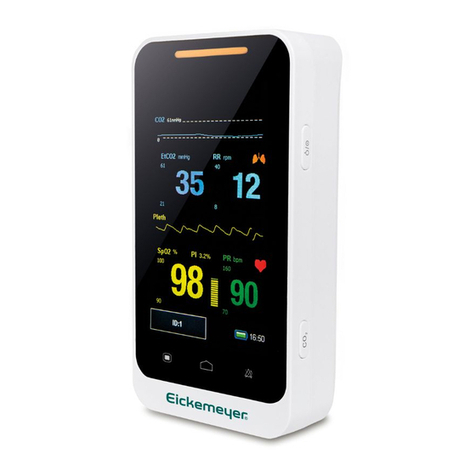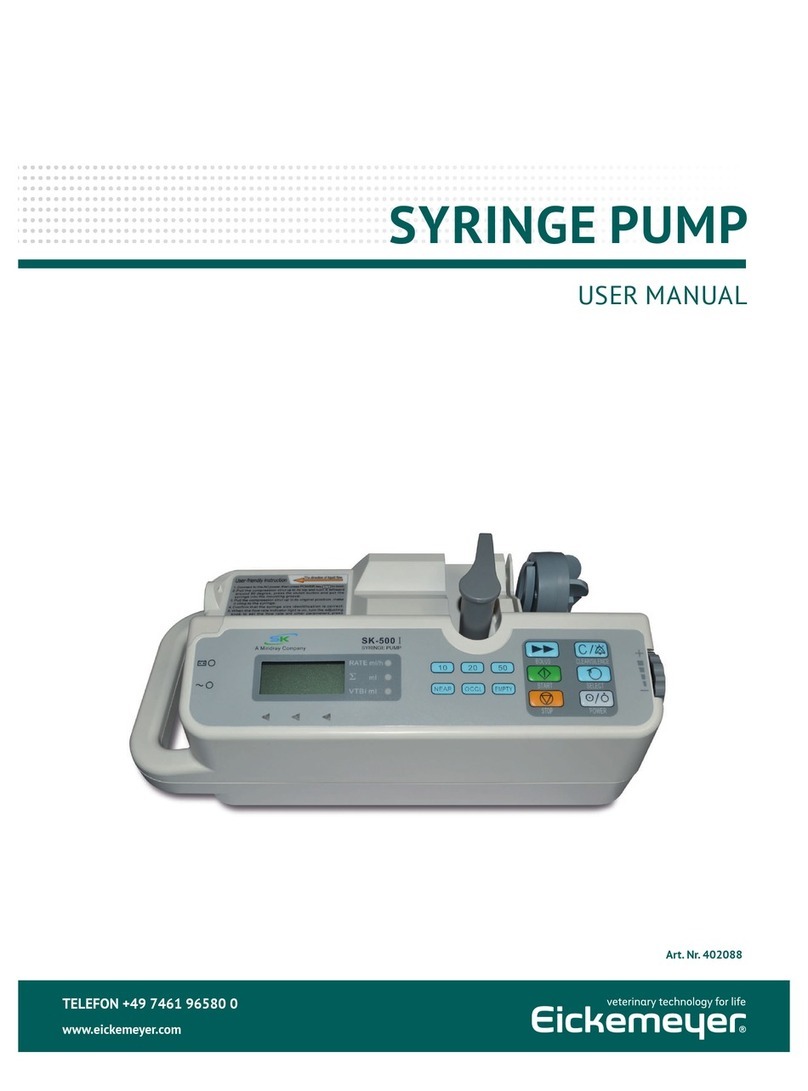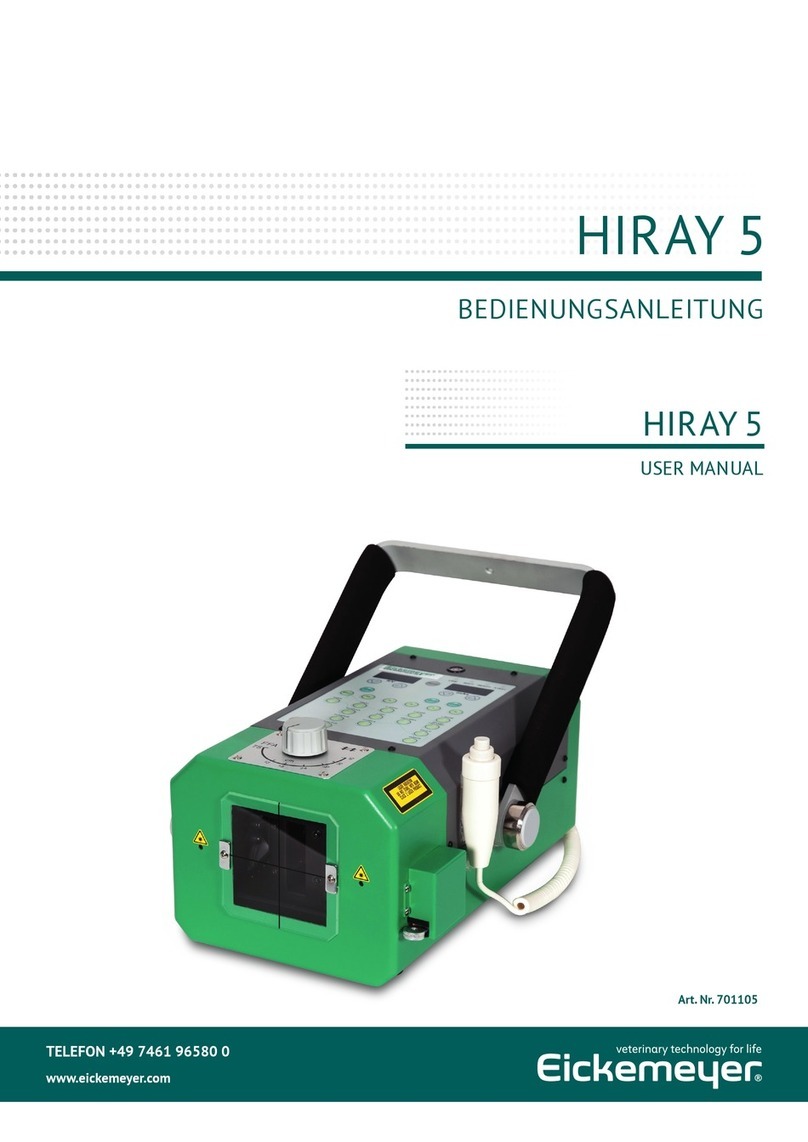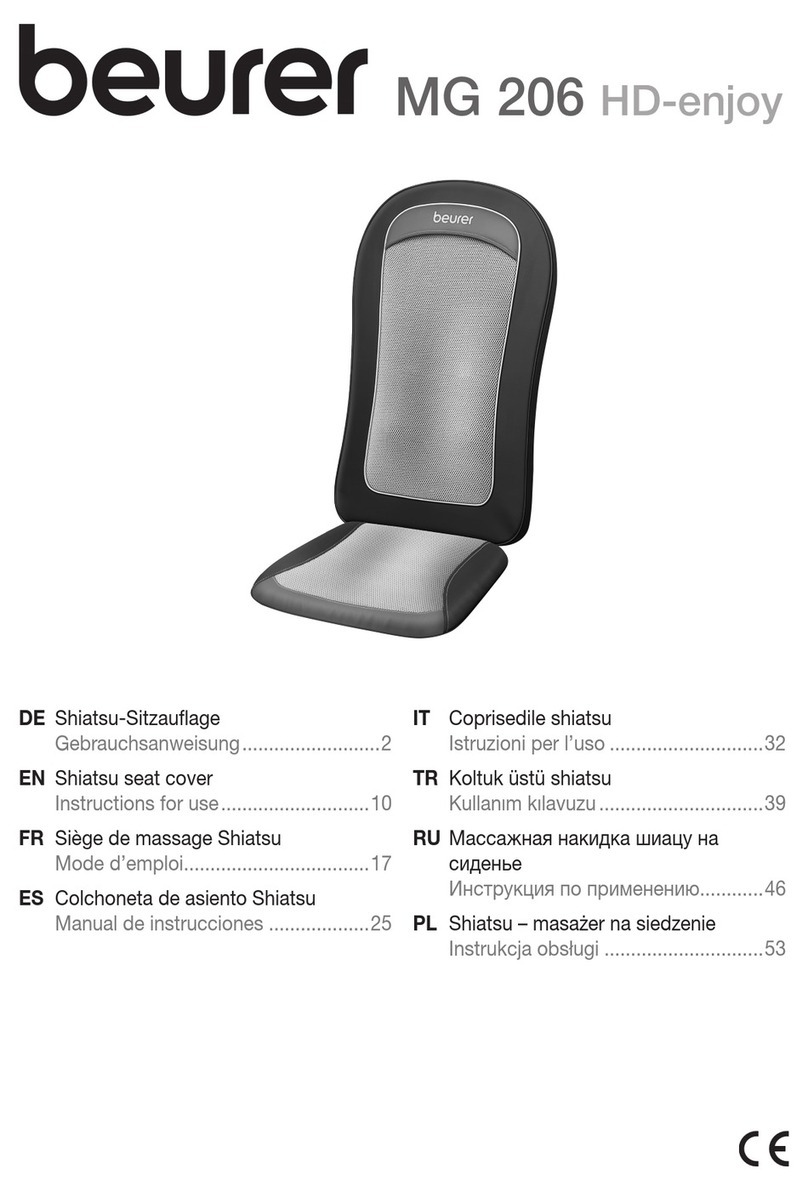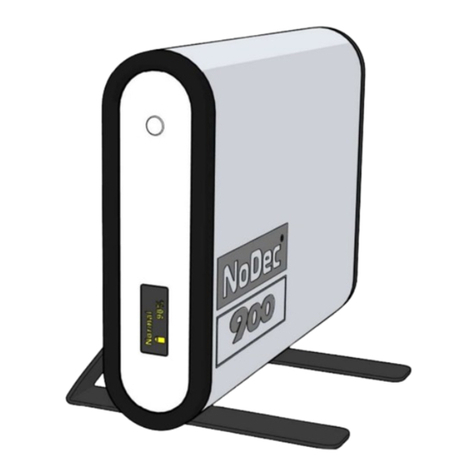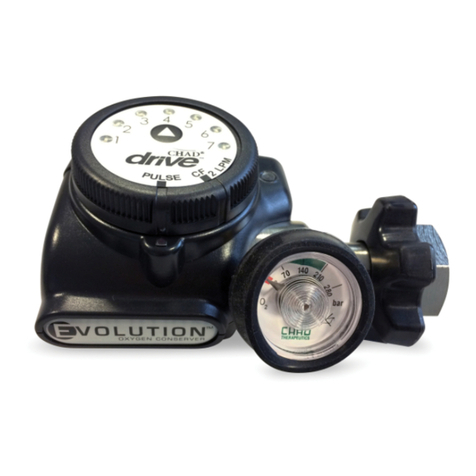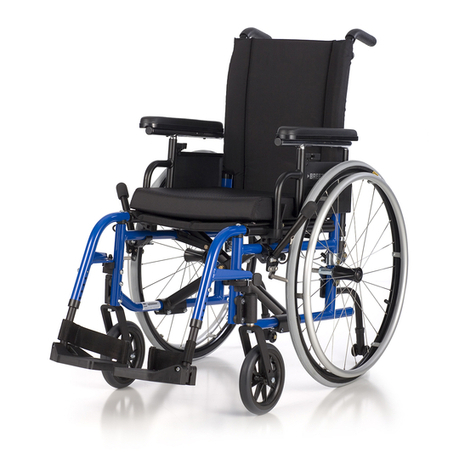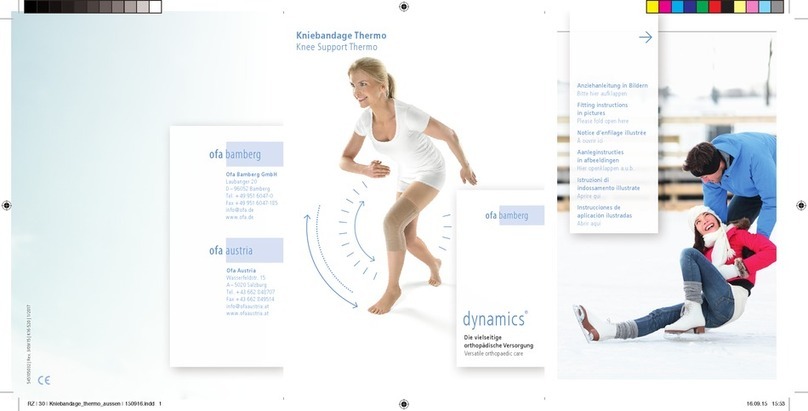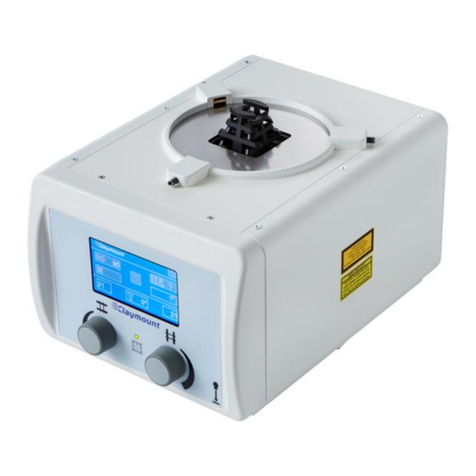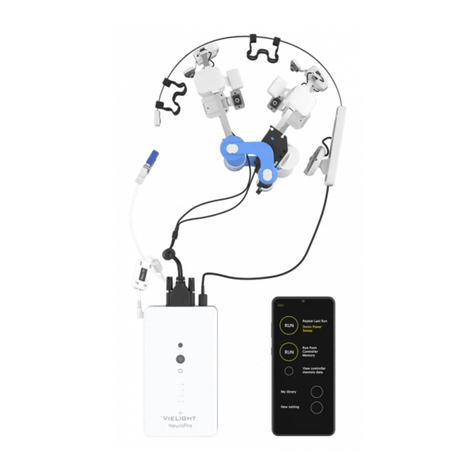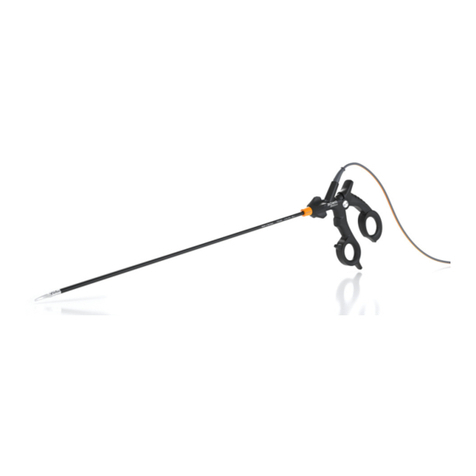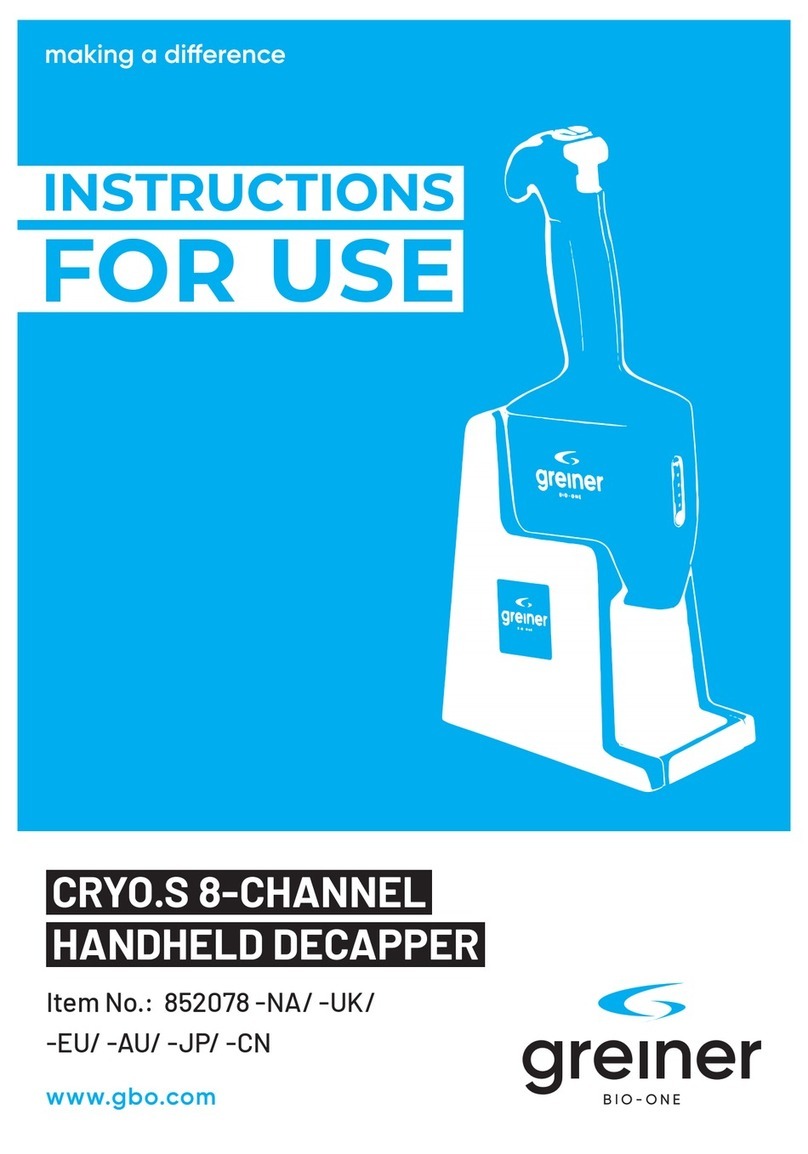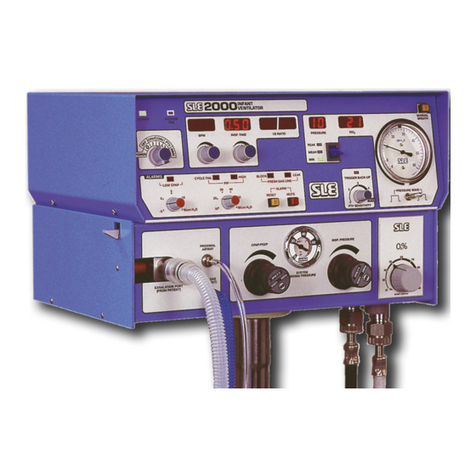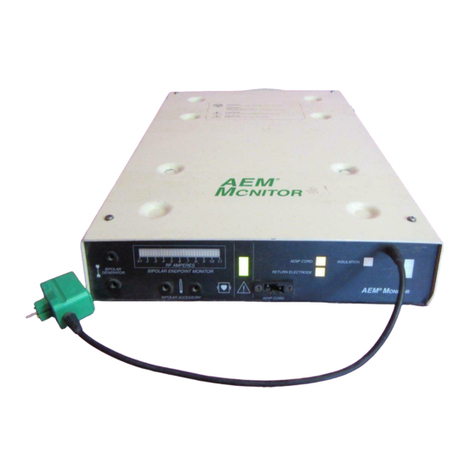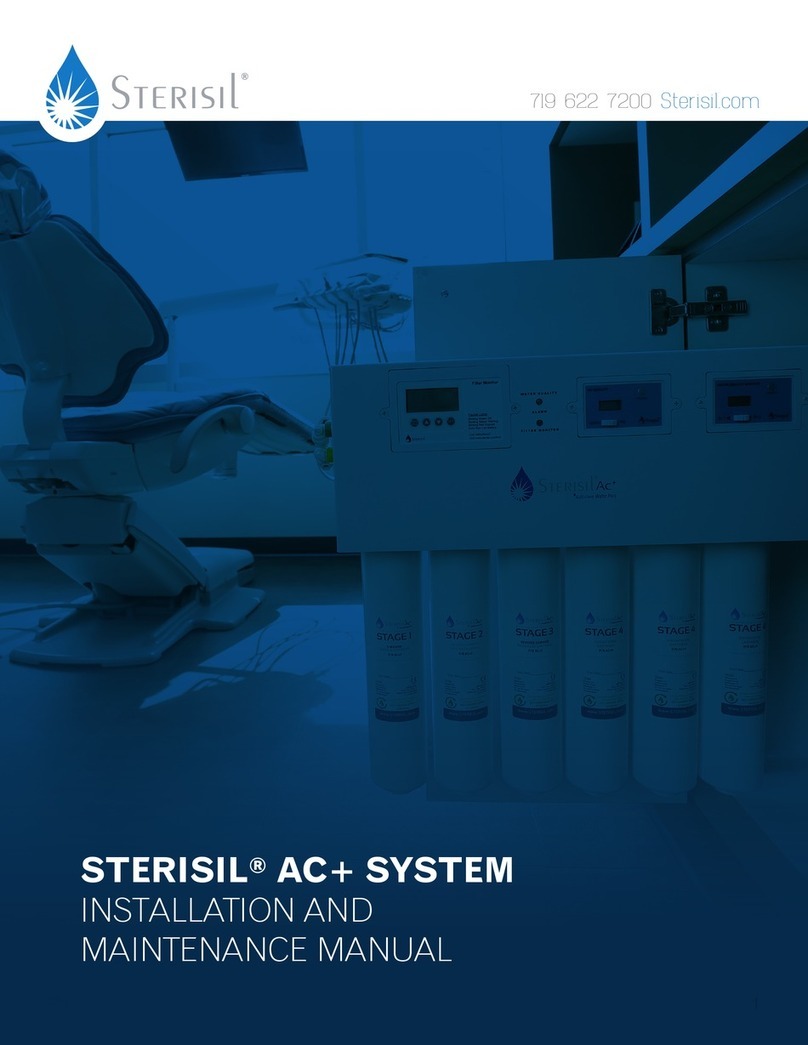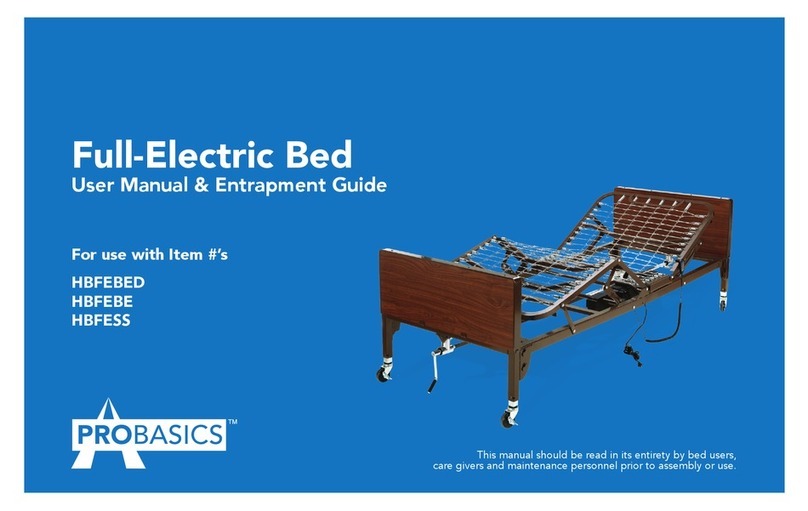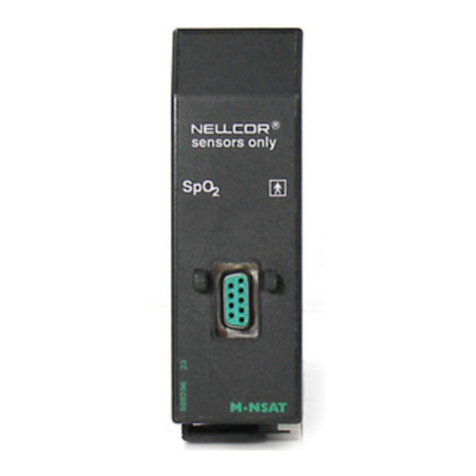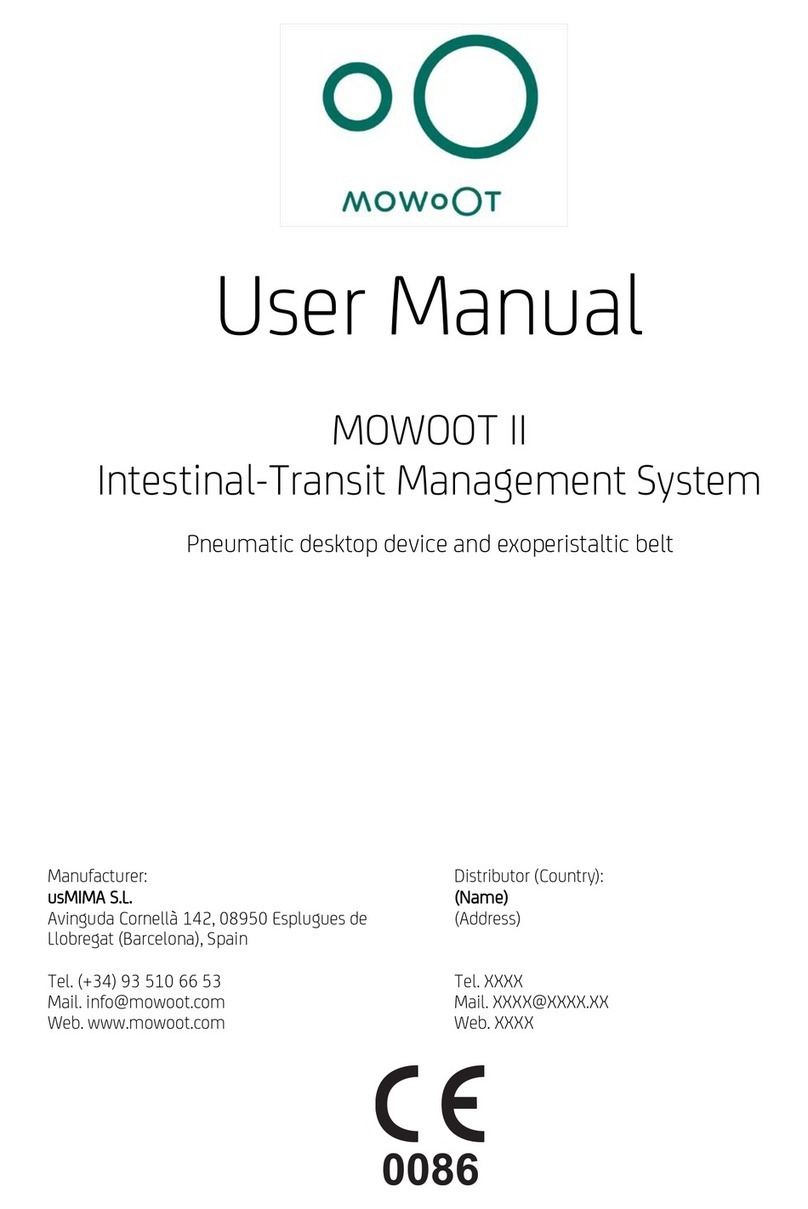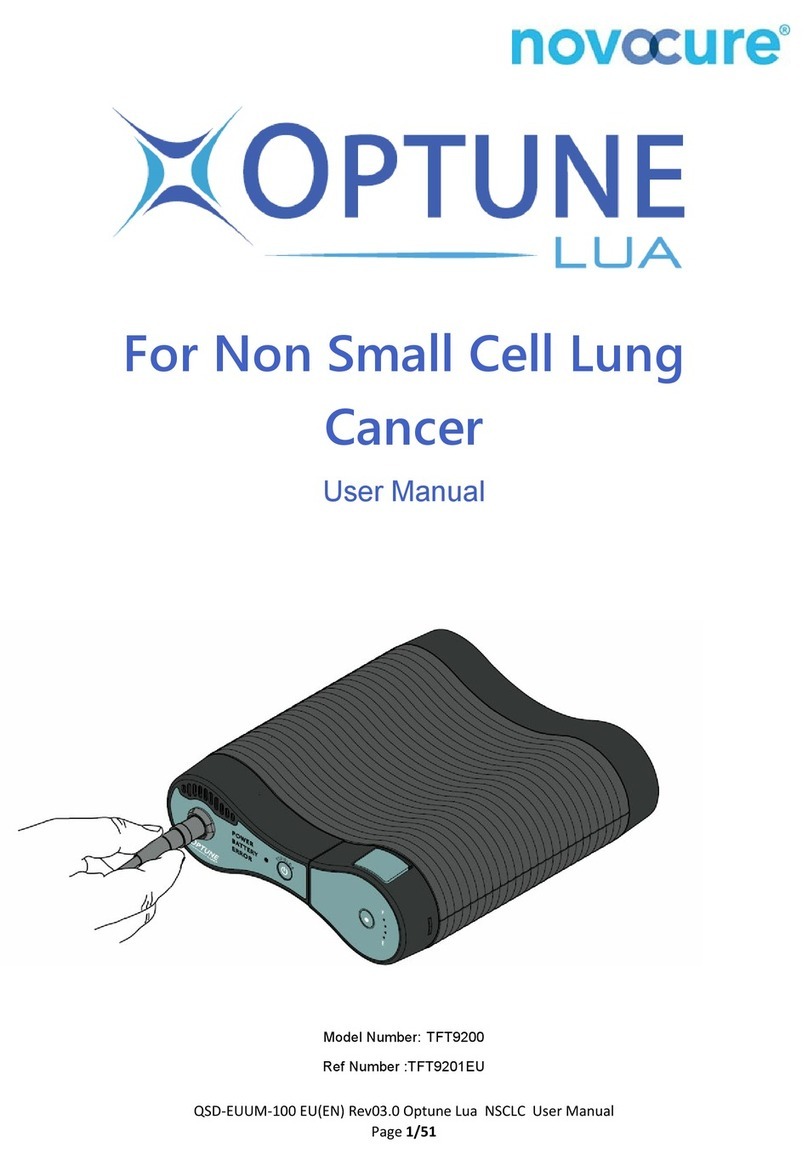
VII
Operational Considerations for a Hospital Grade Electrical
Instrument (safety and accident prevention)
1. Onlyqualiedpersonnelshouldoperatethisinstrument.
2. The following items shall be considered when installing the instrument.
1) Install at a location away from water or accidental splashing.
2) Install at a location which will not be adversely aected by atmospheric pressure, temperature, humidity,
ventilation, sunlight, dust, and air containing salt, sulfur and other substances, and the like.
3) Take care to guard against tilt, vibration, and strong impacts, for instance, during transportation.
4) The instrument must not be installed at locations where chemicals are stored or gasses are generated.
5) Check the status of the batteries (electrical discharge, polarity, etc.).
3. The following items shall be considered before using the instrument.
1) Make sure that the instrument activates properly after checking switch contact, polarity, dial setting and so forth.
2) Use of other instruments and appliances on the same power outlet is liable to cause errors and incorrect
output resulting in incorrect diagnosis or hazards.
3) Before operation, make sure that the battery is suciently charged.
4. The following items shall be considered when using the instrument.
1) Make sure to minimize the time required for diagnosis.
2) Always ensure that the instrument and patient are in good condition.
3) When an abnormality is found on the instrument, take proper measures. For instance, stop the operation
of the instrument while assuring the patient’s safety.
4) Do not allow the patient to touch any part of the instrument except for the forehead rest.
5. The following items shall be considered after using the instrument.
1) The following shall be considered regarding storage location.
(ⅰ) Store at a location away from water or accidental splashing.
(ⅱ) Store at a location which will not be adversely aected by atmospheric pressure, temperature, humidity,
ventilation, sunlight, dust, air containing salt, sulfur and other substances, and the like.
(ⅲ) Take care to guard against tilt, vibration, and strong impacts, for instance, during transportation.
(ⅳ) The instrument must not be stored at locations where chemicals are stored or gasses are generated.
2) Clean and rearrange items, and the like.
3) The instrument must be cleaned after use so that there will be no problems when using it again.
6. In case of a problem or malfunction, do not attempt to repair the instrument by yourself. Appropriately
labeltheinstrumentas“outoforder”andcontactaqualiedtechnicianforrepair.
7. Theinstrumentshallnotbemodied.
8. Maintenance
1) Periodically check the instrument and its components for any abnormality.
2) When using the instrument after it has not been used for a while, check beforehand to ensure that it is in
normal condition and operates safely.
9. Be careful of the possibility that incorrect operation may be caused by strong electromagnetic waves.
This instrument is examined based on IEC60601-1-2.
The purpose of this standard is to keep safety against the dangerous obstacle in typical medical facilities.
In case this instrument is inuenced by other instrument, or it aects other instrument or there is such fear,
relocate this instrument and other apparatus or extend the distance between those instruments.
If you have any questions, please consult KOWA or an authorized KOWA dealer.




















